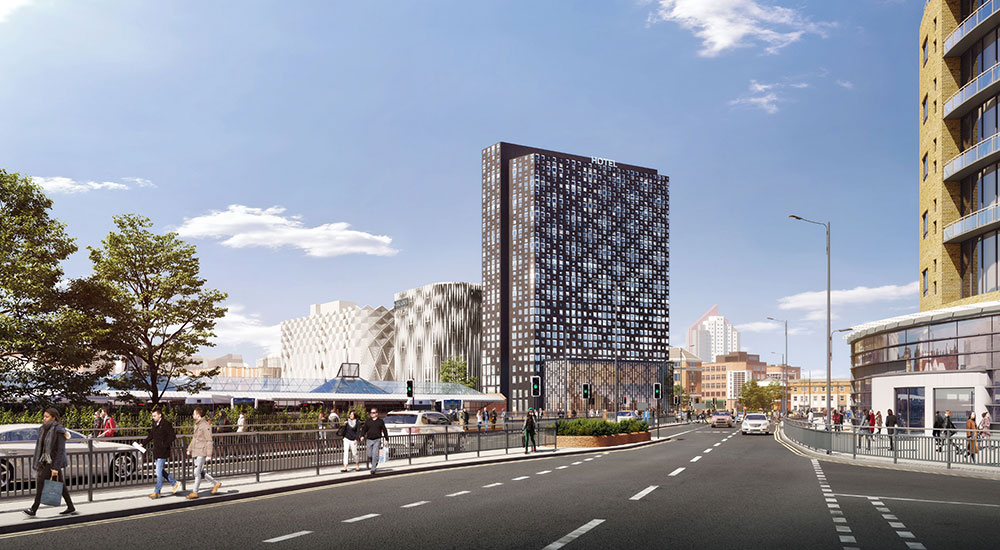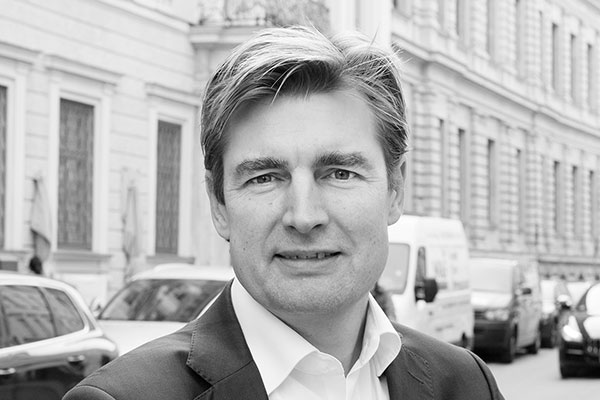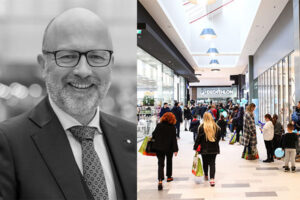Ask any expert what the immediate future holds for the industry, and you will find that placemaking has been the topic of conversation for quite some time. Boris van Haare Heijmeier, Head of EMEA Retail at Cushman & Wakefield, explains: “European retail markets are far from homogenous, but 2020 will see the pace of structural change accelerate across the continent. There will continue to be a strong focus on placemaking, so other uses, such as leisure, coworking, healthcare, and residential will increasingly feature at traditional retail locations.”

However, what exactly does placemaking mean, and why has this buzzword generated an increasing amount of enthusiasm in the retail and retail real estate industry of late? The industry’s newfound shift towards emotionally charged locations is surprising, because placemaking is by no means a new phenomenon. The earliest concepts were developed by experts in the 1970s, predominantly in Anglo-Saxon countries. Under the premise of “community building”, communities and cities underwent a veritable paradigm shift in urban planning. The focus of attention shifted to the quality of social space as well as the social appropriation of urban spaces. The public sector devised concepts to fill vacant and unused spaces with purpose, vitality, and a communal spirit. The previous architecturally defined approach of urban space design was supplemented by the concepts of participation and quality of life. The aim was to offer city dwellers the opportunity to explore their spaces in an unimpeded manner.
Conscious Design
This communally participatory approach gradually narrowed down to design approaches. Spaces and rooms were no longer simply filled, but consciously designed. Encroachment into urban spaces became a precondition for placemaking, and a growing number of private players began to appear on the public stage. In cooperative models supported by city councils, retail and business primarily concentrated on downtown locations.
This all changed with the arrival of another player in the competition for public and semi-public space. The leisure industry, which also sought creative leeway, wanted to profit from the added value of the “experience economy” and characterized the multi-dimensional experience using the “four Es” (entertainment, education, esthetics, and escapism).
However, every development phase of placemaking, in which not only the public sector but also private-sector parties are involved, is confronted by an intriguing problem that determines the success or failure of individual projects: the question of ownership. A great number of project developers who have had to deal with this problem in the past know a thing or two about it. The importance of consensus and smooth cooperation among all stakeholders, including the local population, seems to be clear. Private property owners can only operate more or less freely in very few cases.
Spotlight on Lausanne

One example of successful placemaking can be seen in Quartier du Flon, which has been part of the portfolio of the Swiss real estate company Mobimo since 2009. Within just a few years, the area has developed into a vibrant shopping, event, art, and entertainment center in the heart of Lausanne. Where today more than 7.5 million people enjoy themselves every year on 55,000 sq m, there was once an uninhabited valley through which the Flon river flowed. The property, which had been owned by the Swiss Mercier family since the middle of the 18th century, developed into a traditional industrial area with sawmills, fulling mills, tanneries, and railway connections during the course of industrialization in the 19th century. When the district was developed into warehouses following the construction of a railway line, the Flon river disappeared under accumulating masses of earth and the neighborhood was straightened. From the mid-1950s, the area shared the fate of many slowly decaying industrial areas. Then, the revitalization and beautification of the area, which now lies in the heart of Lausanne, began. Today, Quartier du Flon is a contemporary urban district with boutiques, restaurants, recreational activities, workplaces, as well as residential opportunities. Most visitors are unaware of the fact that the entire Quartier du Flon is owned by Mobimo. In fact, this clear ownership structure makes the management of the site easier.

Fashion Street in Budapest also benefits from a clear ownership structure, as it is owned by developer Péter Csipak. The approximately 250-meter-long boulevard can also be described as successful placemaking. In the early 1900s, Deák Ferenc Street–now known as Fashion Street–was a charming architectural gem that buzzed with life in the heart of Hungary’s capital. Unfortunately, the city suffered greatly as a result of the Second World War, and the subsequent socialist era also saw destruction. At the beginning of 2000, Csipak had a vision to single-handedly restore the street back to its former splendor. Accomplishing that was no easy task: His dream of creating a thematic, luxurious fashion street required steady acquisition of nearly every building and property on the street. After selling his previously owned restaurants and companies, Csipak founded a real estate development company, Immobila Ltd., and began the process. Dealing with each and every owner on an individual basis, one by one, the company bought the properties over the course of a few difficult years. After that, thematic reconstruction began. The valuable architectural heritage was carefully protected during the renovation, while, at the same time, the latest innovative solutions were applied. All of the work was completed in partnership with local and foreign architects and art historians. What was the result? In 2008, Fashion Street opened to the public as one of Central Europe’s most prominent high streets, featuring two 5-star hotels, luxury fashion brands, and award-winning restaurants.
Hammerson’s City Quarters Concept

Once again, Hammerson is pursuing placemaking in Leeds. The company has recently announced that Leeds City Council has approved plans for a new 205-bed hotel adjacent to its iconic retail and leisure destination, Victoria Gate. This approval represents yet another milestone in the plan to develop a vibrant, mixed-use area to complement Leeds’ cultural quarter, thereby driving additional footfall and spend. In general, the City Quarters concept will see Hammerson transform many of its city venues beyond pure retail into neighborhoods that provide homes, workspace, hotel rooms, and public realm. Robin Dobson, UK Director of Development and Project Management at Hammerson, commented: “Delivering on our City Quarters concept is a key priority for Hammerson, and this is the third planning approval that we have received in the last 12 months. Not only does this mark an important step in our wider plans to create a thriving new cultural quarter in Leeds City Center, but it also demonstrates progress in our wider strategy to support our existing assets by moving beyond pure retail.”

In general, certain design elements are proven to contribute more than others to the success of a placemaking location. These include water features, such as fountains, streams, and ponds, around which people like to gather as well as landscaped greenery and places to sit. The latter are more popular when they also offer good observation points from which to watch other people. Therefore, cascade steps, amphitheaters, and other elevated structures that encourage people to sit work best. A space should also be designed in such a flexible manner that some of it is reserved for seasonal pop-up amenities, such as sports fields, food trucks festivals, art exhibitions, and other events. Of course, it is also of crucial importance to develop a high-quality pedestrian environment around the building.
The Experience as a Key Element
In short: Economic and legal framework conditions give locations and spaces a great deal of leeway. However, the non-profit nature remains equally unchanging. After all, placemaking is much more than the simplistic design of economically used spaces with monetary added value. The experience becomes a key element in the perception of spatial quality. In order to create an experience, the characteristics of places have to be worked out. The narrative character or definition of the space is no less important. The narrative becomes a “productive fiction” and the basic building block of the shaping, development, and identity of a place. Nowadays, the means of this narrative consist of contemporary marketing and communication using all essential channels. This is the only way in which the “placemaking” buzzword works.
And here you can find further, very interesting articles about #placemakeing:

… and Then Public Spaces within Buildings
By Gregory Fonseca | The concepts behind contemporary placemaking originated in the 1960s, when journalist Jane Jacobs offered groundbreaking ideas about designing cities that catered to people, not just to cars and shopping centers…

Why making is so important for place
By Sebastian Guth | At industry conferences in recent years I listened to various speakers talking about “The Future of Retail”. Some of them implemented ideas that started an exciting thought process…

The Stone Age is over
By Henrie W. Kötter | The real estate industry has traditionally been dealing with stones. In this mindset, investment metrics have been centered around assessing the value of the buildings themselves…





